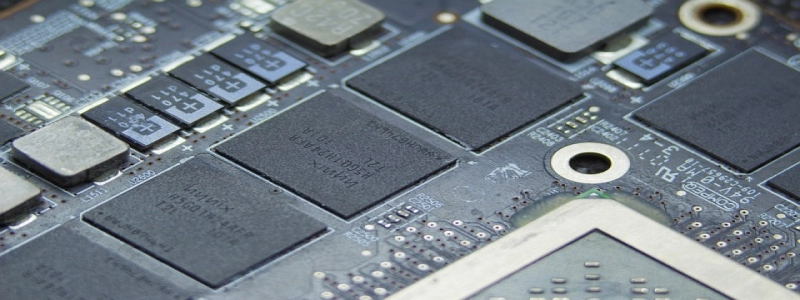Single Mode Fiber Connectors
1. Introduction
1.1 Definition and Purpose
1.2 Importance in Telecommunications
2. Types of Single Mode Fiber Connectors
2.1 LC Connector
2.1.1 Description
2.1.2 Advantages and Disadvantages
2.2 SC Connector
2.2.1 Description
2.2.2 Advantages and Disadvantages
2.3 FC Connector
2.3.1 Description
2.3.2 Advantages and Disadvantages
3. Properties and Features of Single Mode Fiber Connectors
3.1 Physical Dimensions
3.2 Insertion Loss
3.3 Return Loss
3.4 Durability and Reliability
4. Installation Process
4.1 Pre-Installation Preparation
4.2 Connector Termination
4.3 Connector Inspection and Cleaning
4.4 Connector Testing
5. Applications of Single Mode Fiber Connectors
5.1 Long-Distance Telecommunication Networks
5.2 Data Centers and Cloud Computing
5.3 Broadcasting and CATV Networks
5.4 Military and Aerospace Applications
6. Comparisons with Multi-Mode Fiber Connectors
6.1 Performance Differences
6.2 Cost Factors
6.3 Compatibility Considerations
7. Future Trends and Developments
7.1 Miniaturization and Higher Density
7.2 Enhanced Connector Performance
7.3 Integration with Optical Switching Technologies
8. Conclusion
In summary, single mode fiber connectors play a crucial role in telecommunications and other industries that require reliable and high-performance optical connections. With various connector types available, each offering distinct advantages and disadvantages, it is important to select the appropriate connector based on the specific application requirements. As technology continues to evolve, single mode fiber connectors are expected to become smaller, more efficient, and seamlessly integrated with other optical components for enhanced connectivity.








